Full Automatic Constant Pressure Variable Frequency Water Supply Equipment is a new generation of hi...
See DetailsFluid Handling: The Rise of High Efficiency Low Speed Centrifugal Pumps in Modern Industries
Industry News-In recent years, the demand for energy-efficient and reliable pumping solutions has surged across multiple industries, ranging from water treatment and agriculture to chemical processing and HVAC systems. At the forefront of this transformation is the High Efficiency Low Speed Centrifugal Pump, a technological breakthrough redefining how fluids are transported with energy consumption and durability.
Understanding the High Efficiency Low Speed Centrifugal Pump
Unlike traditional high-speed centrifugal pumps that rely on rapid rotation to achieve flow, the low speed centrifugal pump operates at significantly reduced rotational speeds. This fundamental difference leads to several critical advantages. Lower operational speed means less friction and wear on internal components, resulting in longer service life and decreased maintenance costs. Moreover, the pump’s design focuses on optimizing hydraulic efficiency, reducing energy loss, and improving overall performance.
High efficiency low speed centrifugal pumps typically incorporate larger impellers, wider passages, and improved hydraulic profiles. These design elements allow the pump to handle fluids more gently, making them suitable for a wide variety of applications, including those involving delicate or shear-sensitive liquids.
Industry Drivers Fueling Adoption
The drive towards sustainability and reducing carbon footprints has heightened interest in energy-efficient machinery. As energy costs rise and governments impose stricter environmental regulations, companies are actively seeking solutions to minimize power consumption without compromising productivity. The high efficiency low speed centrifugal pump meets these demands perfectly by offering:
Reduced Energy Usage: Operating at low speeds inherently consumes less energy. Combined with advanced hydraulic designs, these pumps achieve high efficiency ratings that significantly lower operational costs.
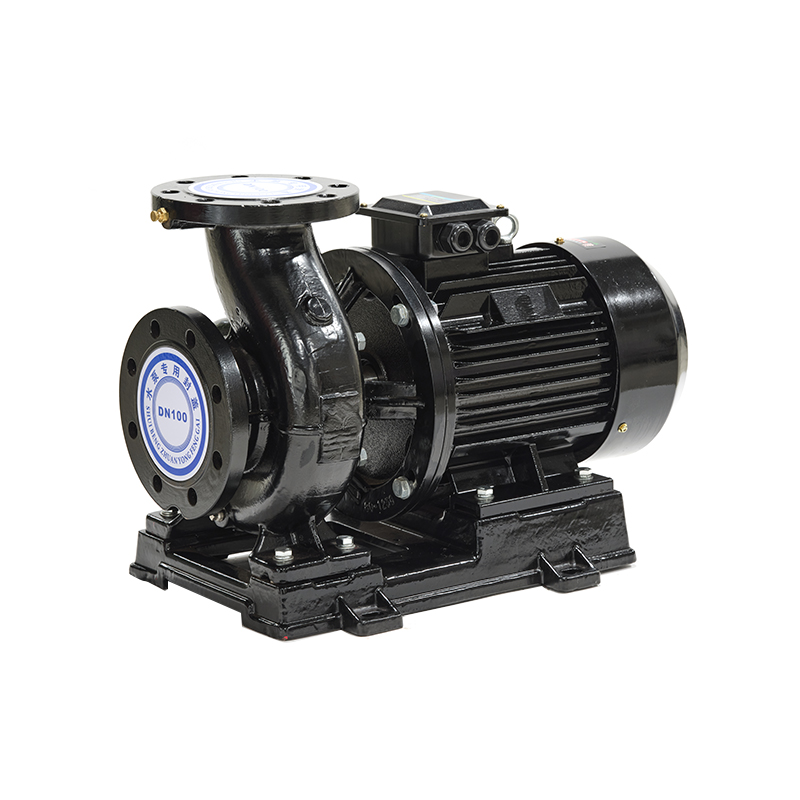
Enhanced Reliability: The slower rotation reduces mechanical stress, vibration, and noise, making these pumps reliable for continuous operation in demanding environments.
Lower Maintenance Needs: With fewer moving parts subject to wear and tear, maintenance intervals are extended, reducing downtime and labor expenses.
Versatility: From municipal water supply and wastewater treatment to chemical plants and industrial cooling systems, these pumps can be tailored to diverse fluid types and flow requirements.
Technological Innovations Pushing Performance Boundaries
Recent advancements in materials science and pump engineering have amplified the benefits of high efficiency low speed centrifugal pumps. For instance, the integration of corrosion-resistant alloys and composite materials has enhanced pump longevity, especially when handling aggressive or abrasive fluids.
Additionally, smart monitoring systems are increasingly embedded into these pumps, providing real-time data on performance metrics such as flow rate, pressure, temperature, and vibration. This digital transformation enables predictive maintenance, allowing operators to address issues before they escalate, further improving reliability and reducing lifecycle costs.
Market Trends and Growth Outlook
The global centrifugal pump market is forecasted to experience steady growth over the next decade, with the high efficiency low speed segment expected to outpace others due to its sustainable advantages. According to industry analysts, the expanding urban infrastructure, rising agricultural activities, and the increasing need for efficient cooling systems in manufacturing plants are driving demand.
Notably, developing economies investing heavily in water infrastructure and industrial modernization are adopting these pumps to meet their efficiency and environmental goals. The trend is supported by government incentives for energy-efficient equipment, pushing manufacturers to innovate and offer customized pump solutions.
Case Studies Highlighting Real-World Impact
Several industries have already reported impressive outcomes after switching to high efficiency low speed centrifugal pumps. For example:
Municipal Water Treatment: A city in Europe replaced its aging high-speed pumps with low speed centrifugal models, achieving a 25% reduction in energy consumption while improving water delivery consistency. The quieter operation also benefited nearby communities by noise pollution.
Chemical Manufacturing: A plant handling corrosive fluids opted for pumps with advanced composite impellers and low speed design, reducing maintenance shutdowns by 40% and extending equipment life by over two years.
Agricultural Irrigation: Farms adopting these pumps reported improved system reliability and lower energy bills, enabling year-round irrigation even during peak demand periods.


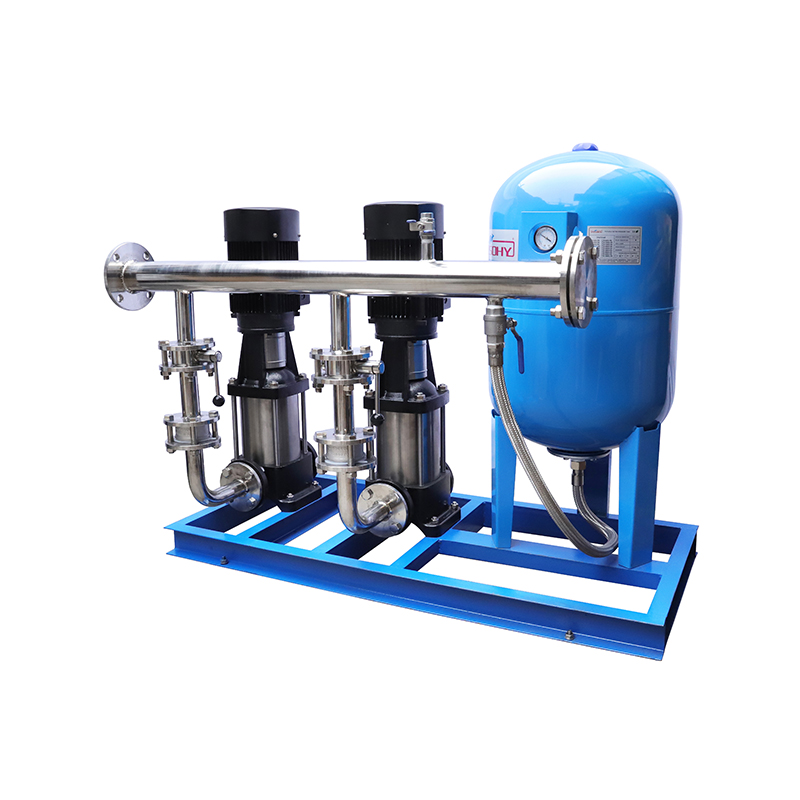
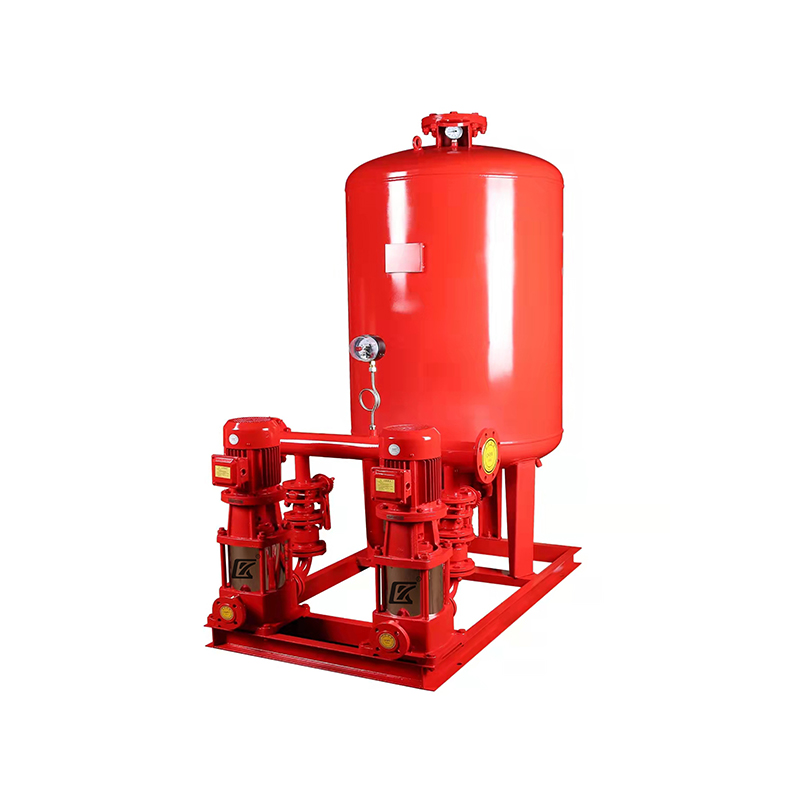
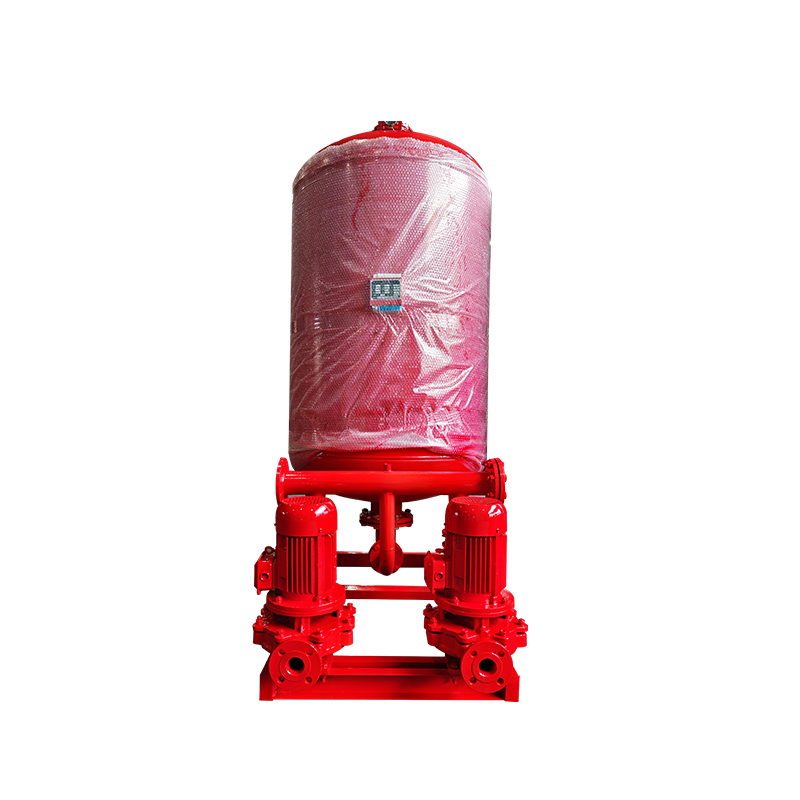

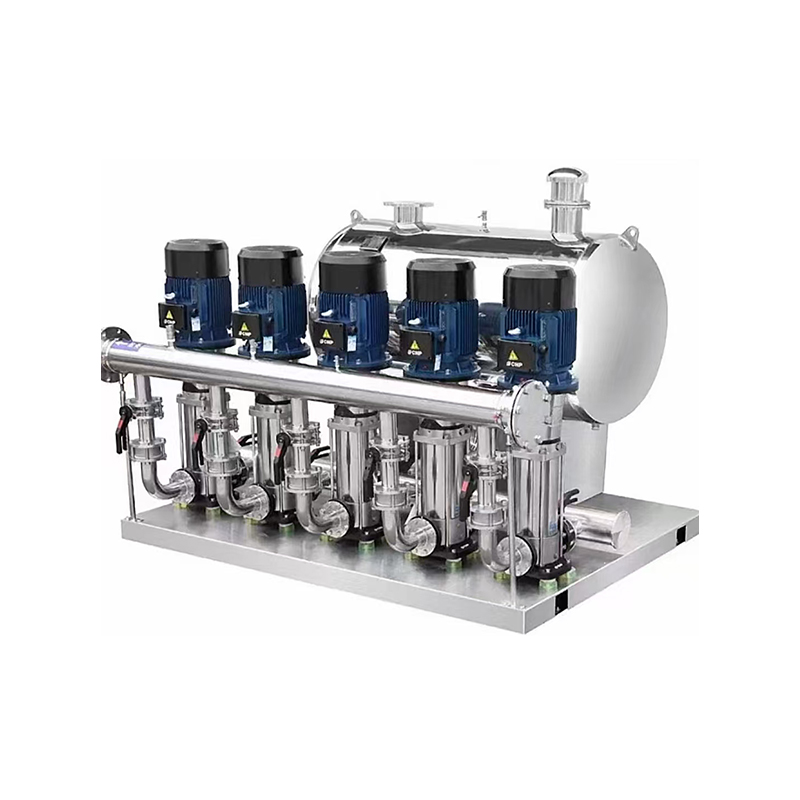
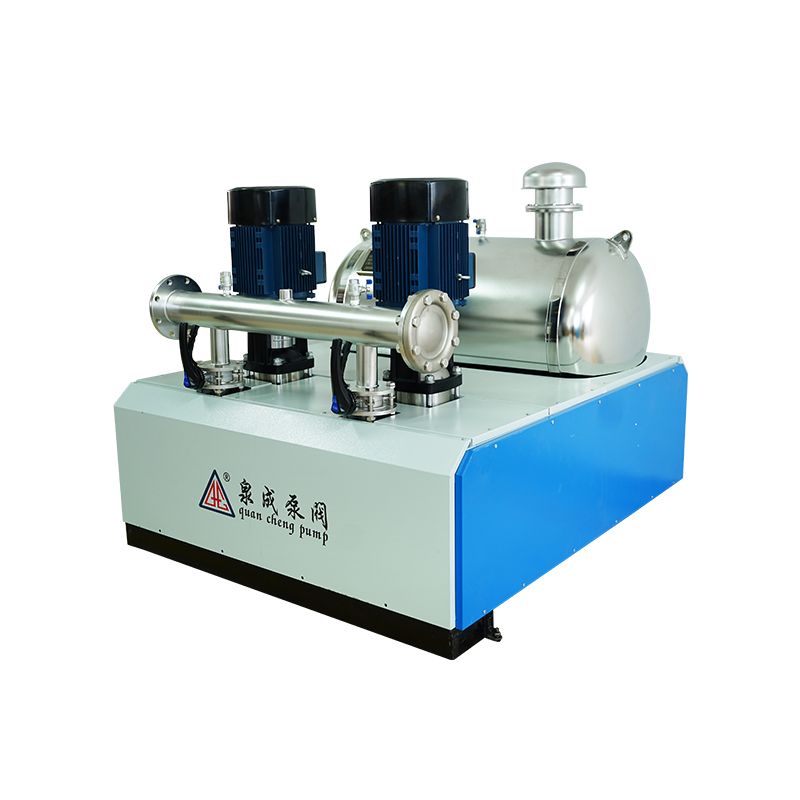
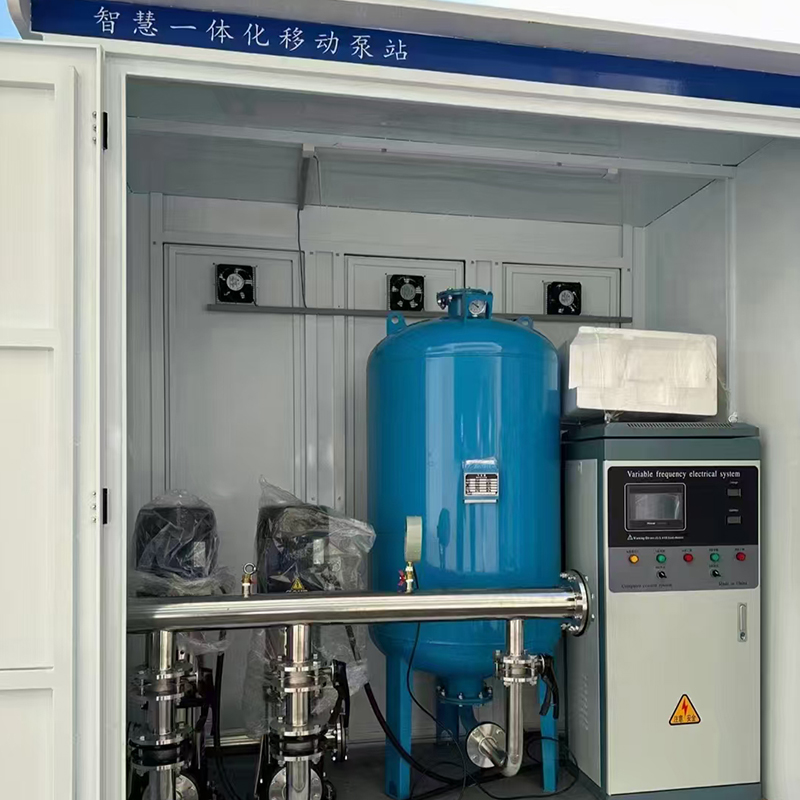

 浙公网安备33032402001888号
浙公网安备33032402001888号
